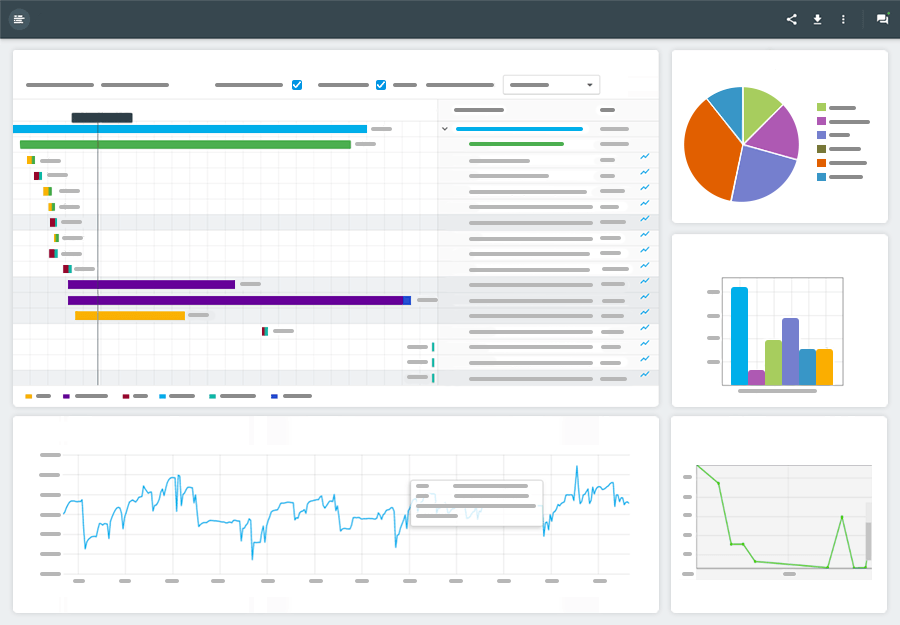 It’s easy to forget that one of the most important elements dictating your website speed has nothing to do with the front or back-end design. While the design of your website is important, when looking to cultivate the fastest website possible, you should narrow your focus not on infrastructure, but rather, your hosting server location.
It’s easy to forget that one of the most important elements dictating your website speed has nothing to do with the front or back-end design. While the design of your website is important, when looking to cultivate the fastest website possible, you should narrow your focus not on infrastructure, but rather, your hosting server location.
In our current digital world, it’s somewhat difficult to imagine that the performance and speed of such non-physical elements are completely dictated by a physical device. While it may seem unlikely, the actual physical location of your server from your end-users plays a direct role, if not the most important role, in determining final performance.
Whether you’re a novice webmaster starting your very first website, or you’re launching your hundredth website, let’s take a moment and explore the importance of web hosting server location and how you can access specific tools to eliminate the speed diminishing qualities of distance.
The Importance of Hosting Server Location for Website Success
Before meeting with your design team, or curating content, the first decision you must make regarding a new website is where the server will be located. In fact, many believe deciding on server location is the foundational step to cultivating a successful website.
But why? In our world of ultra-fast internet connections, does server location still hold the same weight as it did in the late 90’s? The answer to this question is: 100% absolutely yes!
Regardless of advancements in internet connection speeds, we still are ruled by the laws of physics. Data can only travel so fast across the state, country and world. However, this opens a completely different conversation. While some of your end-users may have access to connection speeds that reduce the damage of a distant server, the majority of internet users don’t have access to such dynamic speeds.
In order to understand the importance of server location, let’s imagine that your end-user is located in Montana. However, your hosting server location is in South Carolina. You can only imagine how long it takes for data to transmit between their browser and your server. Now, imagine your customer located across the world in an entirely different country?
So, how can you solve the problem of distance? Until another advancement occurs in how we digitally connect, the solution to this issue rests within three letters: CDN.
The CDN Solution for Server Location Streamlining
CDN, which stands for Content Delivery Network, is essentially a way to host your website in servers throughout the country and/or world. While your end-user may be located in Montana, with a CDN, copies of your website are held in a server that’s basically next-door rather than across the country.
CDN’s shorten the distance data must travel from browser to server by mirroring your site in a network of geographically separated servers. When an end-user browser accesses your website, the server closest responds and delivers your website significantly faster than if you were to solely utilize your home base server.
While this may not be much of a concern if you deal locally, you’d simply choose a hosting server location that’s local. However, if you wish to reach a geographically immense area, either national or international, then you can’t afford to not use the streamlining power of CDN.
See more performance tips in our Fast Web Page Load Times – Best Practices guide.


